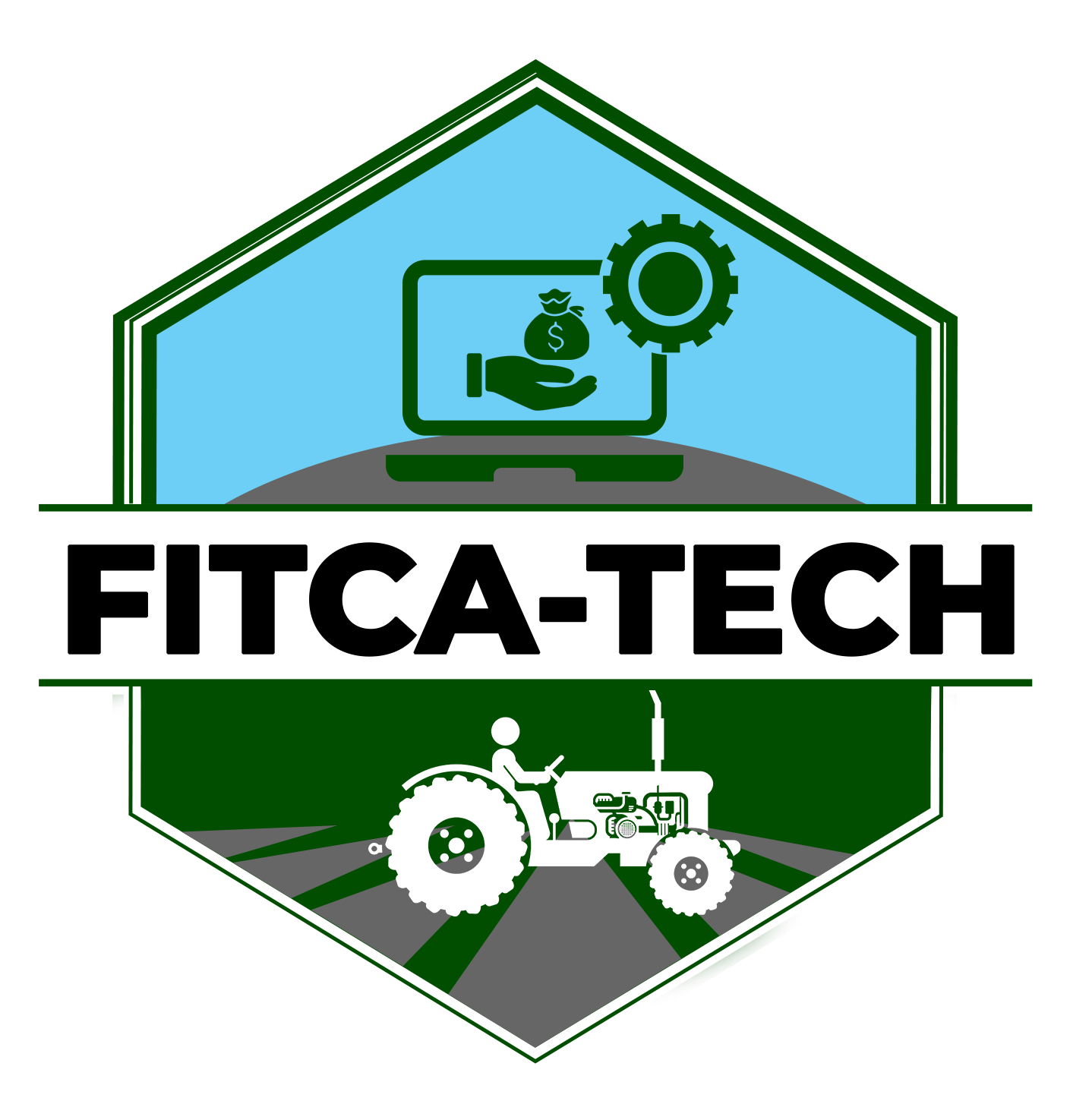The dopamine system and alcohol dependence PMC
The intravenous self-administration (IVASA) procedure used here was consistent with our other studies using an IVASA paradigm [51, 52], but modified to involve a progressive ratio (PR) schedule [53]. Participants were given the opportunity to intravenously infuse alcohol on a PR schedule using the Computer Assisted Infusion system (CAIS)[54], which uses a physiologically-based pharmacokinetic (PBPK) model to calculate infusion rates to achieve equivalent increments in BrAC across subjects. Participants were instructed to abstain from alcohol for 24 h prior to the procedure and had to provide a BrAC reading of 0.0 mg% for the procedure to begin. Nursing staff inserted an indwelling catheter, and participants were subsequently seated on a reclining chair in front of a computer. Participants were instructed to push a button to obtain alcohol during the 180-min session. Alcohol was delivered by a CAIS initiated infusion of 6% (v/v) alcohol-in-saline solution that targeted an incremental BrAC increase of 10 mg% over 2.5 min after each completed work set.
Influence of alcohol consumption on the dopaminergic system
Are You Addicted to Social Media? – Lee Health
Are You Addicted to Social Media?.
Posted: Mon, 06 Dec 2021 08:00:00 GMT [source]
These symptoms are treated, at least in part, using medications that increase GABAA receptor function, such as diazepam (Valium) and other sedatives. When alcohol consumption is abruptly reduced or discontinued, a withdrawal syndrome may follow, characterized by seizures, tremor, hallucinations, insomnia, agitation, and https://ecosoberhouse.com/ confusion (Metten and Crabbe 1995). Scientists postulate that this syndrome represents the hyperactivity of neural adaptive mechanisms no longer balanced by the inhibitory effects of alcohol (see figure). Therefore, scientists are paying increasing attention to the integration of communication systems in the brain.

The Truth About Dopamine After Alcohol Addiction RecoveryBy Michaela Weaver
- Acutely, in vivo alcohol administration dose-dependently increases cortical, mesolimbic, and nigrostriatal dopamine in rodents [36]; an effect attributed to enhanced dopamine neuron firing [37].
- These results indicate that long‐term drinking attenuates the responsiveness of the system to external dopamine stimulation, in addition to decreasing baseline levels of dopamine.
- Dopamine also activates memory circuits in other parts of the brain that remember this pleasant experience and leave you thirsting for more.
- Volatized, inhaled caffeine increases extracellular dopamine levels in the nucleus accumbens shell [166].
Having support and seeking professional treatment increases the chances for recovery from AUD. Dopamine is one of the brain’s means of communicating some of our most fundamental wants and needs, and it “rewards” people for eating, drinking water, exercising, and having sex as a way to reinforce those behaviors—to keep doing the things that keep life going. The brains of deceased alcoholics also had fewer dopamine transporter sites, alcohol and dopamine areas that allow for unused dopamine to be retrieved for later reuse. However, the brains weren’t lacking in D2 dopamine receptor sites, areas that bind to dopamine in order to restrain neuron excitation, IFL Science reported. According to the research, the combination of these characteristics would ultimately interfere with the brain’s ability to use dopamine, and subsequently inhibit the individual’s ability to feel pleasure.
Cue-elicited craving (n =
On the other hand, local administration of the dopamine D2 receptor antagonist, sulpiride, into the anterior VTA did not alter alcohol nor sucrose intake in high‐alcohol‐preferring rats [142]. It should also be mentioned that accumbal dopamine D1 receptor might regulate alcohol‐induced reward. Indeed, intra‐NAc infusion of a dopamine D1 receptor antagonist (SCH23390 or ecopipam) decreased alcohol‐mediated behaviours in rats [141, 143]. Collectively, these data indicate that the dopamine D2 as well as D1 receptors within the NAc regulate alcohol reinforcement. Nicotine self-administration causes burst-firing of dopaminergic neurons [108, 109] and elevates dopamine levels to 150–200% of baseline [110].
Alcohol Addiction Affects Dopamine Levels In Brain, Making It Harder To Catch A Buzz, Easier To Relapse
One recent study examined binge alcohol consumption in rodents fed LD5001 or TL2920S and found that alcohol consumption and BECs were markedly higher in mice maintained on LD5001 compared to those on TL2920S (Maphis et al., 2022). Mice on LD5001 also displayed increased front-loading behavior and consumed twice as much alcohol in the first 15 min than TL2920S-fed mice (Maphis et al., 2022). Another recent study compared mice maintained on four different commercially available rodent diets—LD5001, H7012, H2918, and LDV575—on IA alcohol consumption. They found that mice maintained on the LD5001 and H7012 diets consumed high amounts of alcohol compared to the other two diets (Quadir et al., 2020). A previous study examined the effects of six commercially available rodent diets on alcohol consumption in the “Drinking in the dark” model of binge alcohol consumption and continuous access to two-bottle choice drinking.

1. The brain reward system: the mesocorticolimbic dopamine system
We next determined whether the increased alcohol consumption observed with LD5001 was due to altered sweet and bitter taste perception. Therefore, we examined sucrose (4%), saccharin (0.04 and 0.06%), and quinine consumption (100, 175, and 200 μM) in male mice maintained on the LD5001 or TL2019S diets. We first examined sucrose consumption, followed by consumption of increasing concentrations of saccharin and quinine.
- It can remodel neural pathways to overcome self-destructive habits and behaviors and develop new pathways leading to healthy and sober lifestyle choices.
- Complex brain functions such as memory, consciousness, alertness, and learning are controlled by multiple neurotransmitter and neuromodulatory systems acting in concert.
- Preclinical animal models of AUD use a variety of voluntary alcohol consumption procedures to recapitulate different phases of AUD, including binge alcohol consumption and dependence.
- More recently, the EMA granted authorization also for nalmefene, a compound intended for the reduction of alcohol consumption in adults with alcohol dependence (EMA 2012).
